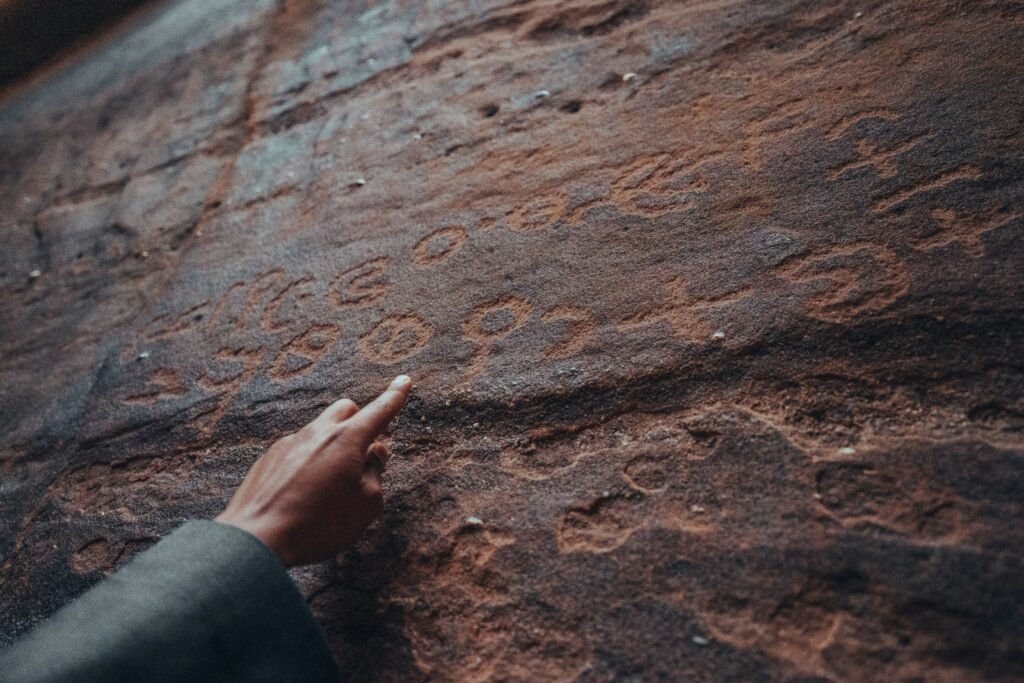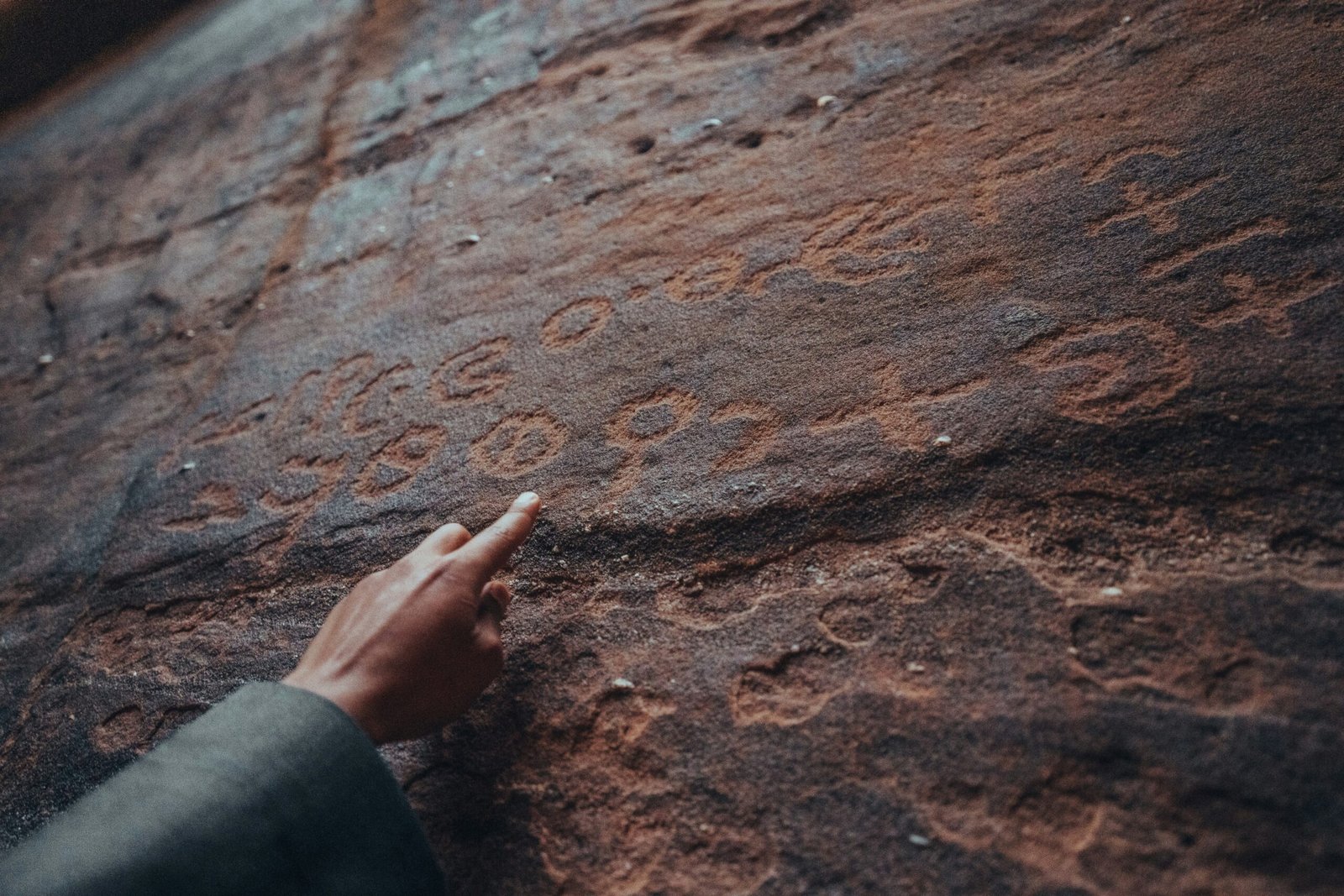In “The Evolution of Clockwork: A Journey Through Time,” embark on an intriguing exploration of the fascinating world of clockwork mechanics. This captivating article takes you on a journey through the evolution of these intricate mechanisms, revealing the secrets behind the functioning of clocks and watches throughout history. Delve into the pages filled with knowledge and expertise to gain a deeper understanding of the remarkable craftsmanship that lies behind the ticking hands and intricate gears. Whether you are a clock enthusiast or simply curious about the inner workings of timekeeping devices, this article is sure to leave you captivated and eager to discover more.
The Evolution of Clockwork: A Journey Through Time
Clockwork has played a crucial role in human history, allowing us to measure and keep track of time with precision. From the prehistoric origins of timekeeping devices to the advanced technologies of the present day, the evolution of clockwork has been a fascinating journey. In this article, we will explore the different stages of this evolution, from the ancient civilizations to the modern era, and uncover the impact that clockwork has had on society, industries, and artistic expressions.

This image is property of images.unsplash.com.
1. Prehistoric Origins
1.1 Stonehenge and other ancient timekeeping devices
When we think of prehistoric timekeeping, one of the most iconic structures that come to mind is Stonehenge. This mysterious monument, built around 3000 BC, not only served as a religious and ceremonial site but also had an astronomical purpose. Its alignment with the movements of the sun and the moon suggests that it was used to track the seasons and mark important celestial events.
In addition to Stonehenge, other ancient civilizations also developed timekeeping devices. The ancient Egyptians, for example, used obelisks and shadow clocks to measure time based on the movement of the sun. The Greeks and Romans, meanwhile, created sundials that used the position of the sun’s shadow to indicate the time of day.
1.2 Sundials and water clocks in ancient civilizations
As civilizations advanced, so did their timekeeping devices. Sundials, as mentioned earlier, were widely used in ancient Greece and Rome. These devices consisted of a flat surface called the dial and a stick called the gnomon, which cast a shadow to indicate the time. Sundials were simple yet effective tools for measuring time during daylight hours.
Another significant timekeeping device in ancient civilizations was the water clock, also known as a clepsydra. These clocks used the flow of water to measure time. Water would be drained from a container with a small hole, and the level of the water would indicate the passing of time. Although not as accurate as modern clocks, water clocks played an essential role in society, particularly in regulating the hours of the day and night.

This image is property of images.unsplash.com.
2. The Mechanical Revolution
2.1 Development of mechanical clocks in the Middle Ages
The Middle Ages marked a turning point in the evolution of clockwork with the development of mechanical clocks. These clocks, unlike their predecessors, did not rely on natural phenomena such as the sun or water but instead were powered by intricate mechanisms.
The first mechanical clocks appeared in Europe in the 13th century. They were large, weight-driven devices that used gears and escapement mechanisms to regulate the flow of power and ensure accurate timekeeping. Tower clocks, such as the famous one in Salisbury Cathedral, became symbols of civic pride, and their striking mechanisms announced the passage of time to the entire community.
2.2 The invention of the escapement mechanism
One of the most important inventions in clockwork history was the escapement mechanism, credited to the medieval monk Richard of Wallingford. The escapement is a mechanism that controls the release of energy from the weight or spring of a clock, ensuring a regular and even flow of power. This invention greatly improved the accuracy of mechanical clocks, making them more reliable and consistent.
The escapement mechanism paved the way for the development of smaller, portable clocks that could be carried and used by individuals. These pocket watches became increasingly popular during the Renaissance period, offering a level of convenience and precision that was previously unimaginable.
2.3 Advancements in clockwork technology in the Renaissance
The Renaissance period was a time of great innovation and discovery in many fields, including clockwork technology. During this time, clockmakers made significant advancements in the precision and craftsmanship of mechanical clocks.
One notable figure in clockwork history is the German clockmaker Peter Henlein, who is often credited with inventing the world’s first portable watch in the 16th century. These watches, known as Nuremberg eggs, were small and could be carried in a pocket or worn as a pendant. They marked a significant shift in the perception of timekeeping as a personal and portable experience.

This image is property of images.unsplash.com.
3. Industrial Revolution and Mass Production
3.1 Introduction of standardized parts and production techniques
The Industrial Revolution of the 18th and 19th centuries brought about a radical transformation in clockwork production. The introduction of standardized parts and the mechanization of manufacturing processes allowed for the mass production of clocks and watches.
Before this period, clockmaking was a labor-intensive and time-consuming craft, with each timepiece being individually handcrafted. With the advent of machines, interchangeable parts could be produced at a faster pace and with greater precision. This approach revolutionized the clockmaking industry, making timekeeping devices more accessible to a wider range of people.
3.2 The impact of clockwork on societies and industries
The mass production of clockwork had far-reaching effects on societies and industries. For one, it brought about a profound change in the way people lived their lives. As clocks became more affordable and widespread, people became increasingly punctual, and a culture of time-consciousness emerged.
Industries also benefited from clockwork technology. The increased accuracy and precision of clocks and watches allowed for more efficient scheduling and coordination of work activities. This, in turn, contributed to the industrialization and economic growth of many nations.
3.3 Birth of the modern watchmaking industry
The Industrial Revolution also gave rise to the modern watchmaking industry as we know it today. In the late 18th century, Swiss watchmakers began to establish themselves as leaders in the field, renowned for their craftsmanship and precision.
The development of advanced machinery, such as the automatic winding mechanism invented by Abraham-Louis Breguet, further propelled the advancement of watchmaking technology. The 19th century saw the introduction of key innovations, including the chronograph, the balance spring, and the minute repeater, which enhanced the accuracy and functionality of watches.
Stay tuned for the next parts!
